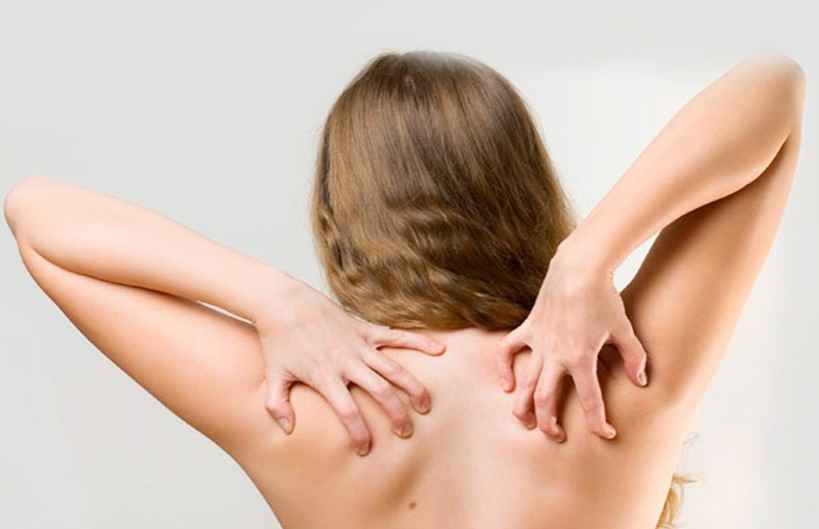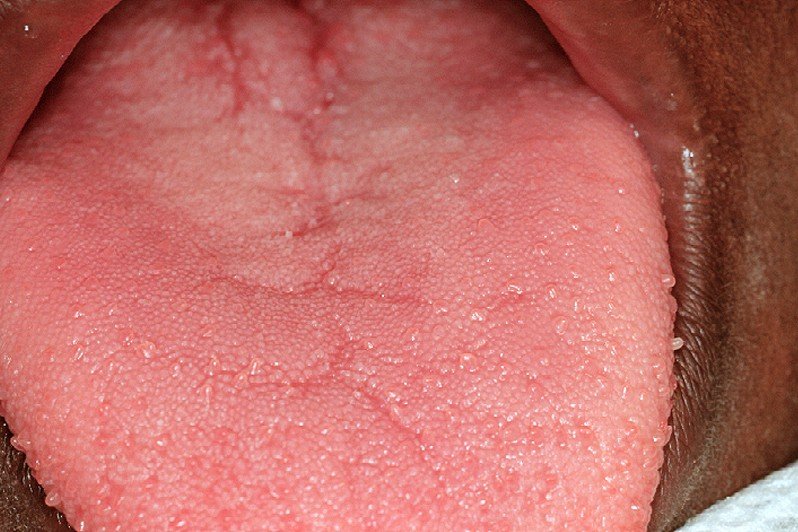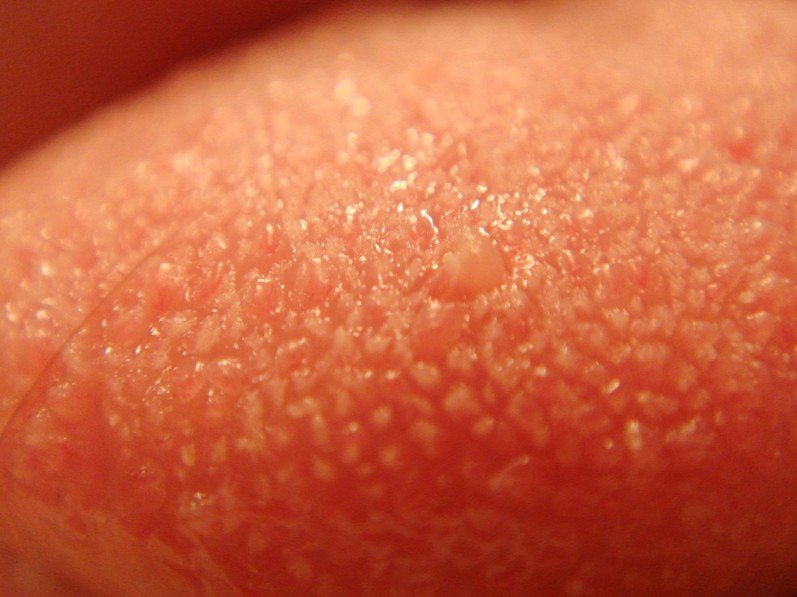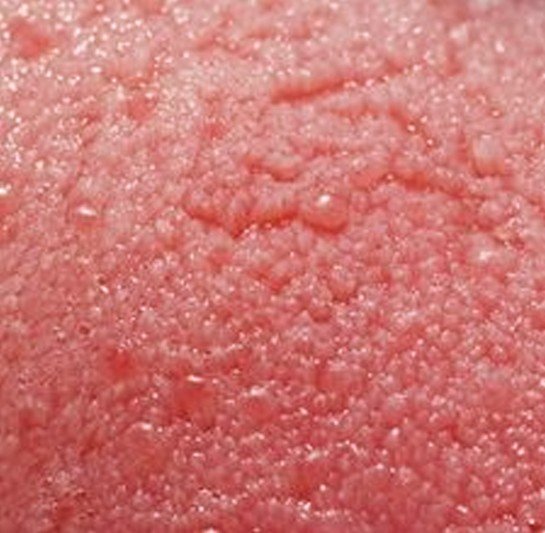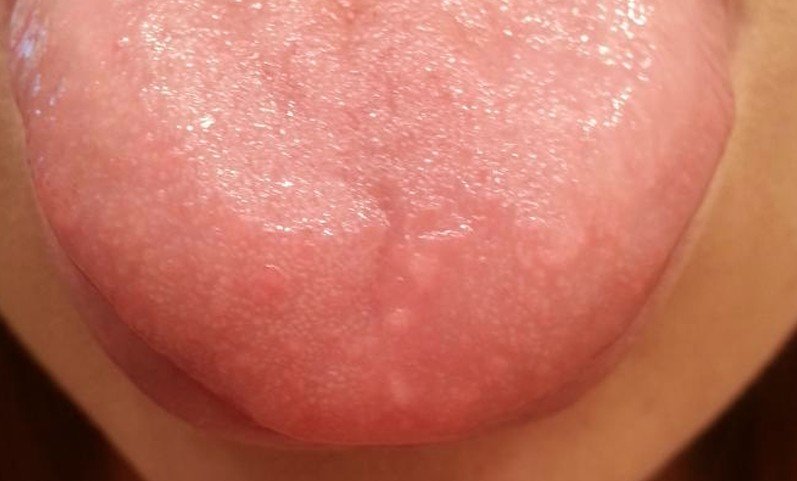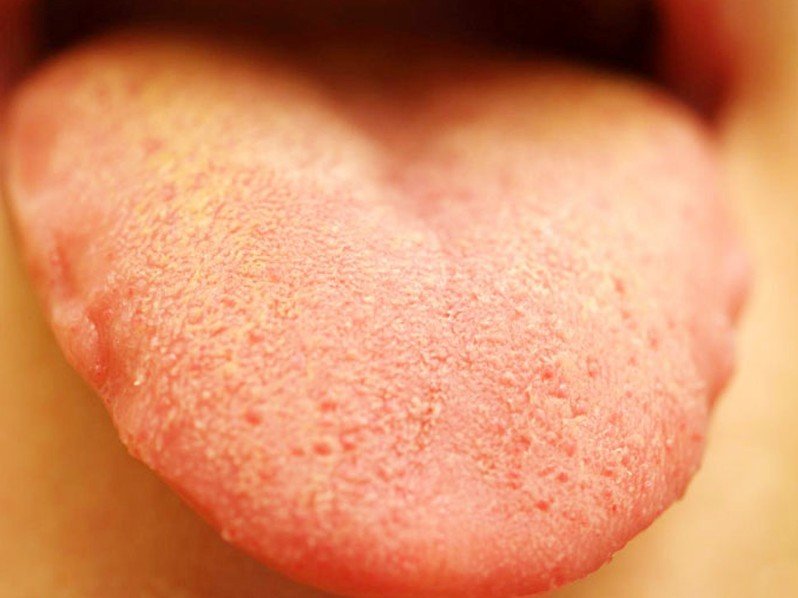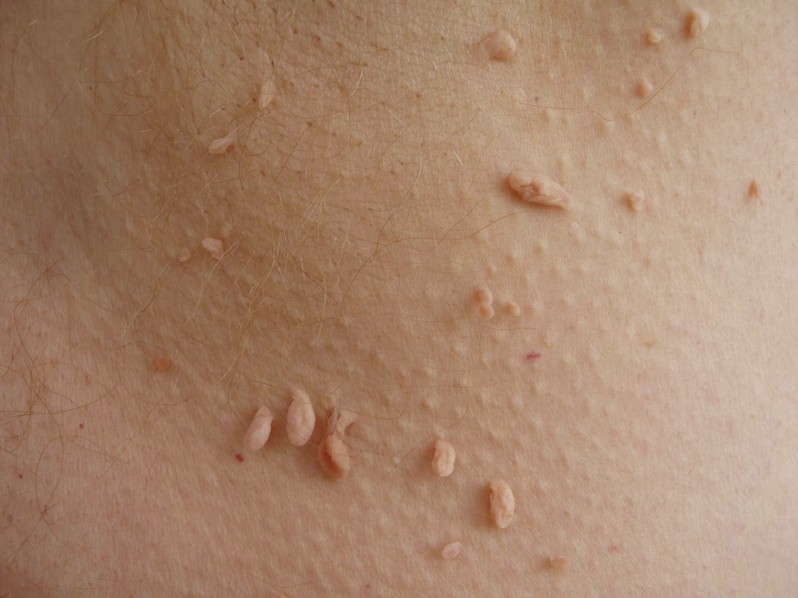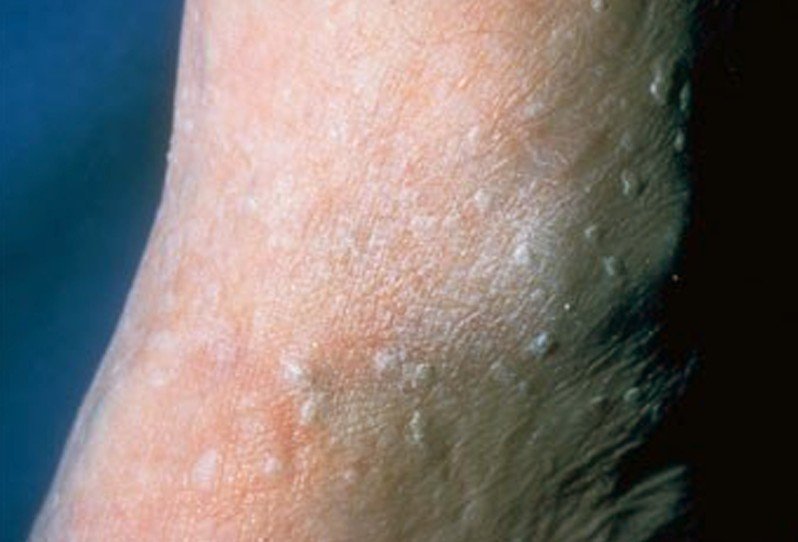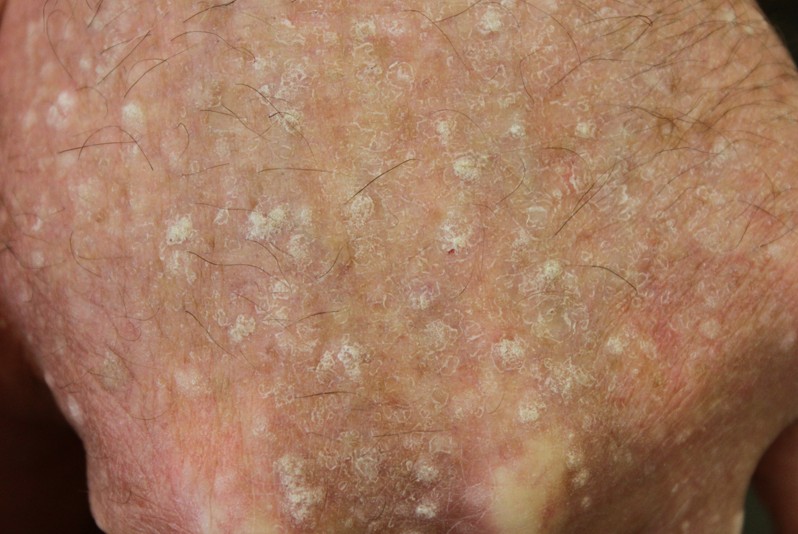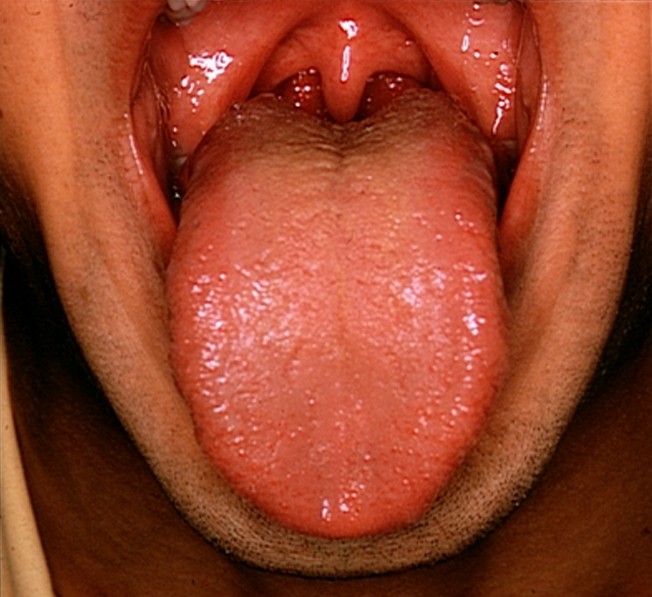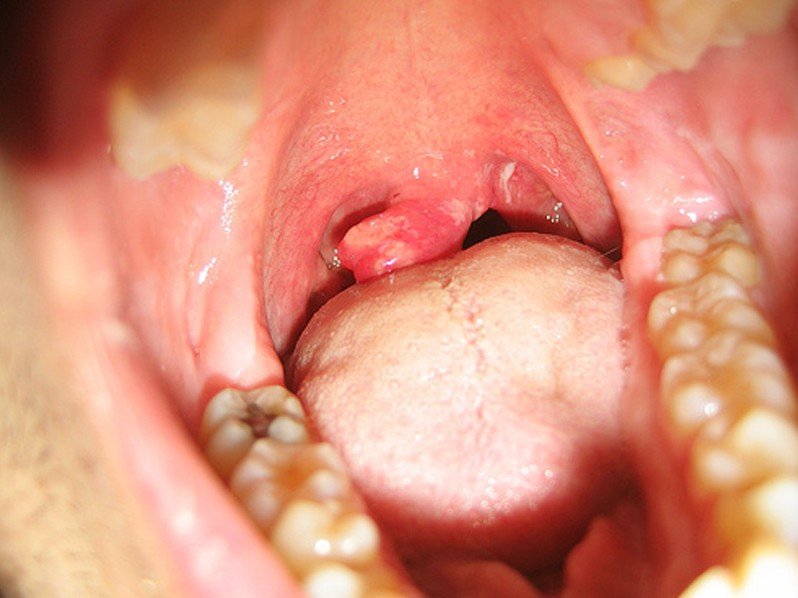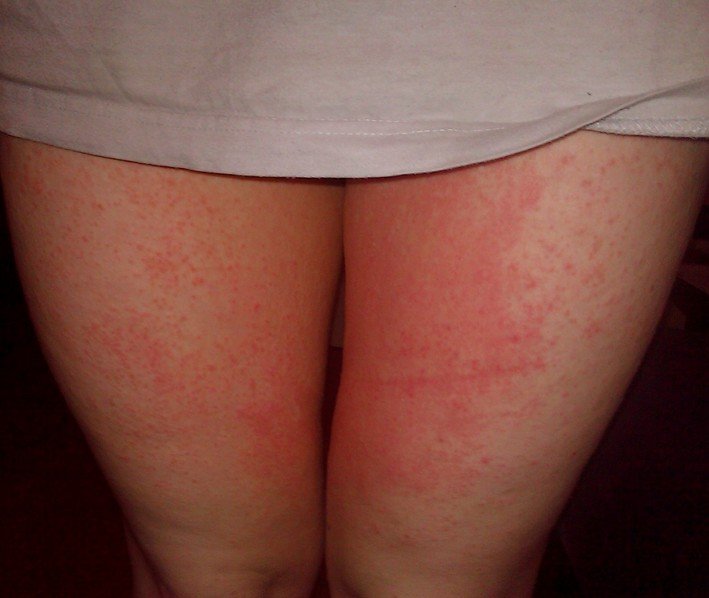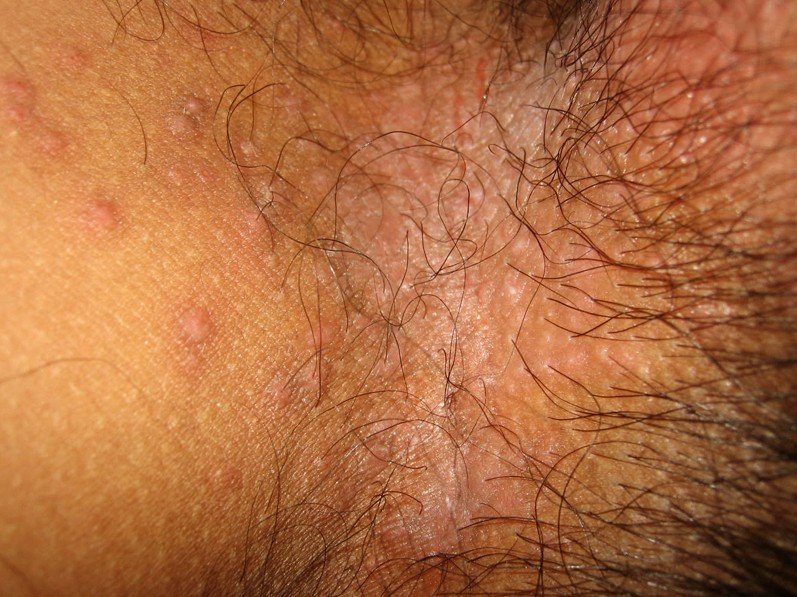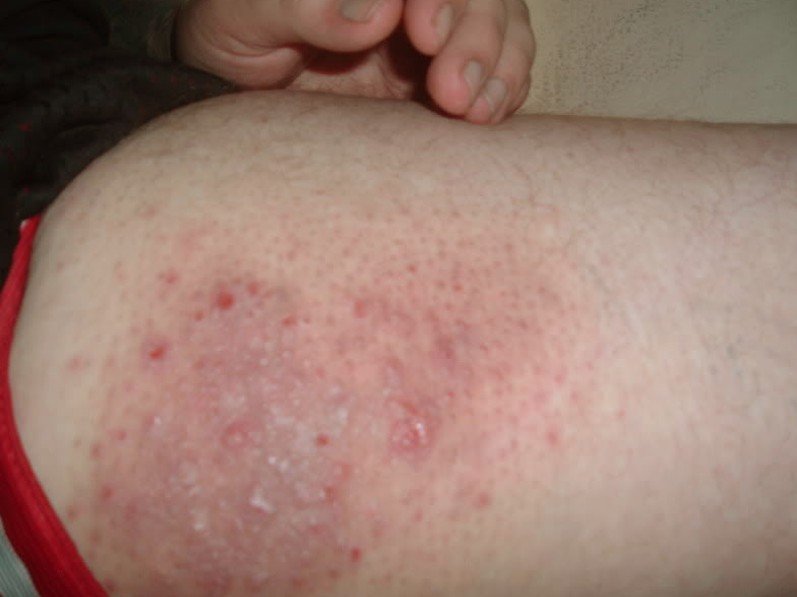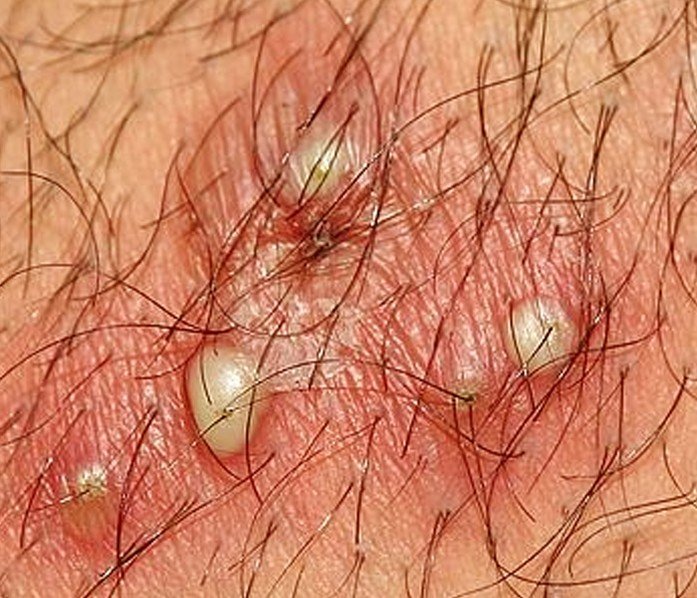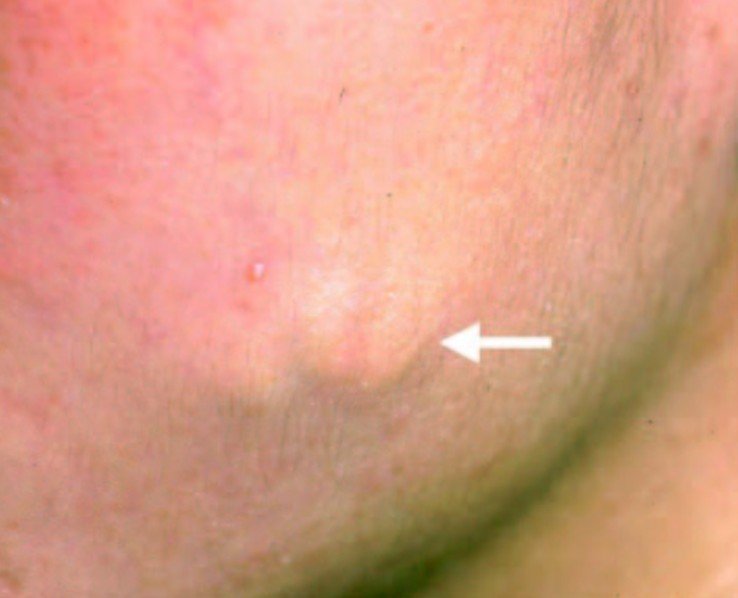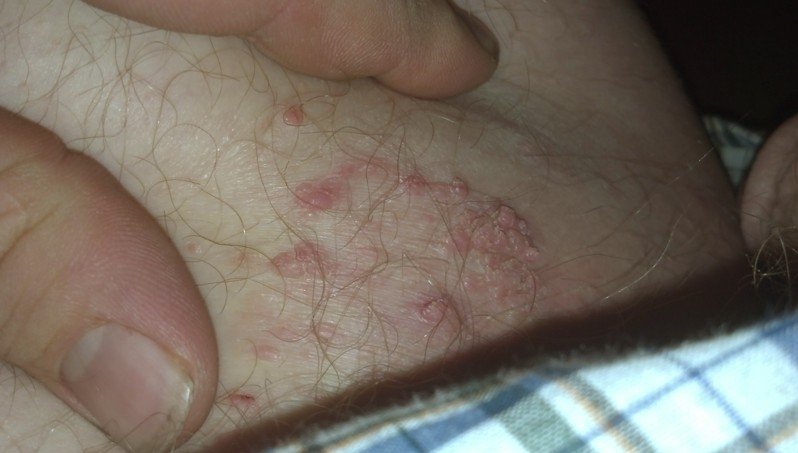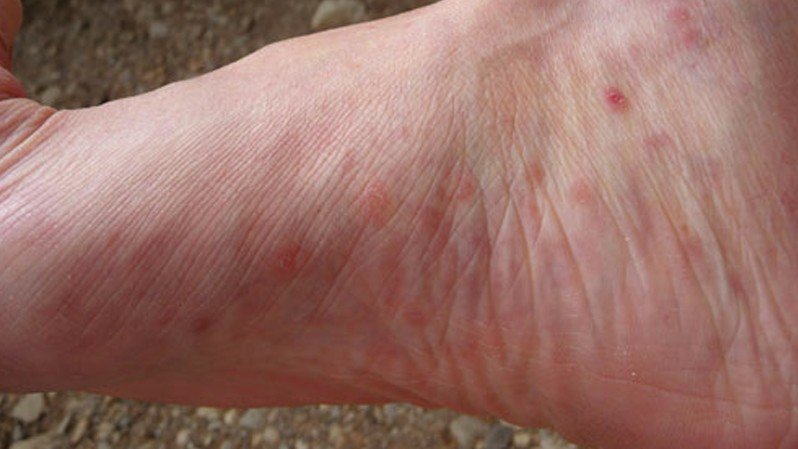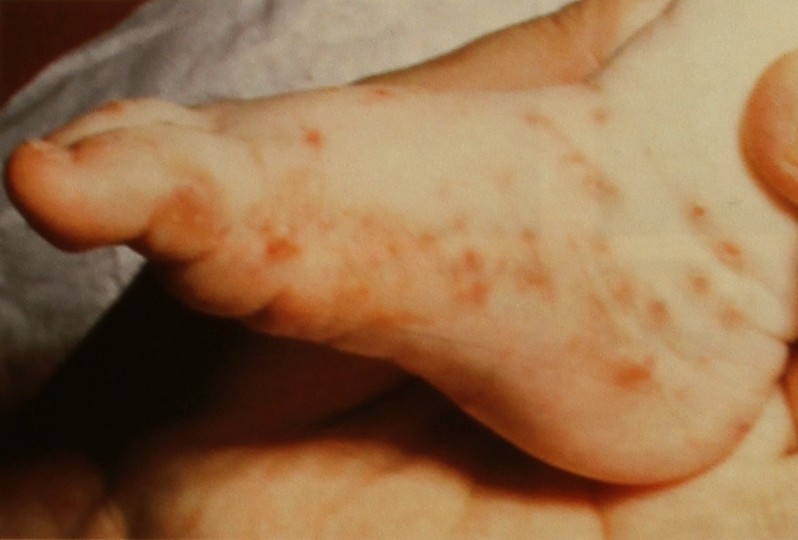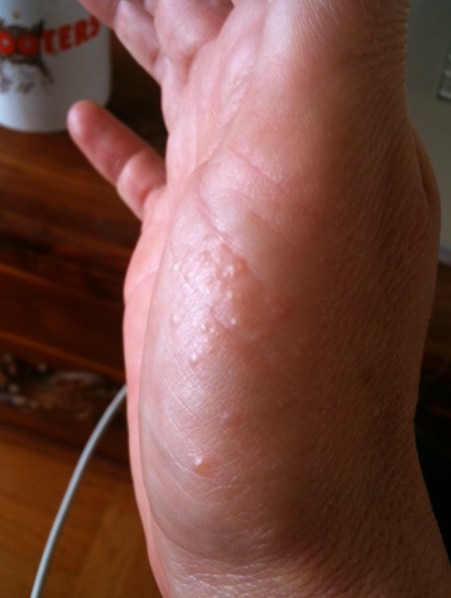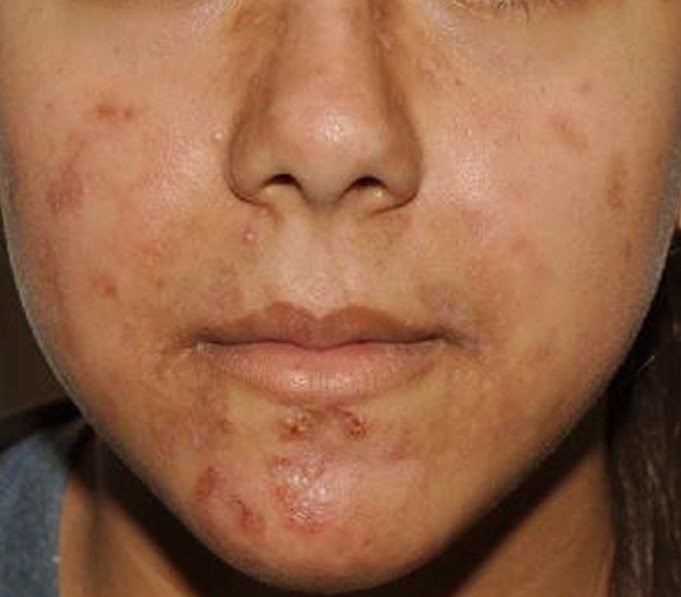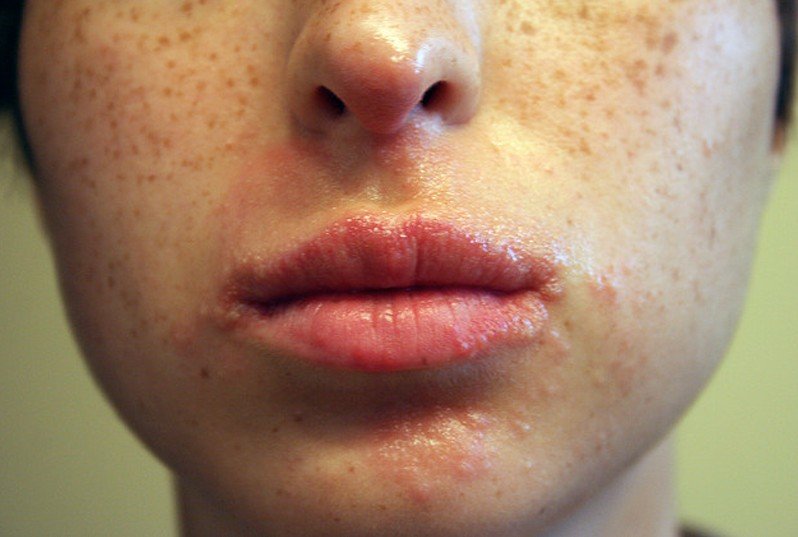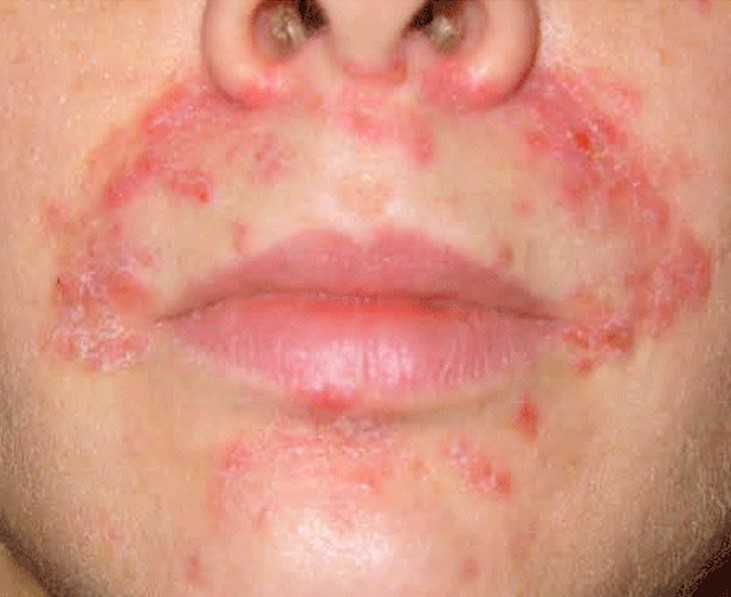Itching at Night
If you are suffering from nocturnal itching, then it is only normal you are interested in finding out more information on the subject. First of all, there are two possible situations. In the first case, you have probably noticed the itchy spots on your skin, along with dryness and other similar symptoms. In the second situation, you have the feeling of itching but there are no obvious changes or spots on the skin. Either way, itching at night is not pleasant and it is something we have all experienced, at least once in our lives.
The itching at night is one of the most uncomfortable sensations. You feel like something is literally crawling on your skin and you can forget all about sleeping. Sometimes, the sensation is diffuse and you cannot pinpoint its exact location. Other times, it is localized down to a specific spot. The skin might present rashes, cracks, bumps or even blisters. What you need to know is that there are many diseases, including systemic and dermatological that can cause and aggravate night itching. Often times, the quality of life is affected, as you cannot properly sleep and rest.
Possible Causes of Itching at Night
These are the most common external factors that can lead to the appearance of night pruritus:
- Insect bites – insects, bed bugs, ticks and fleas can make your skin itch at night
- Hot showers – exposing your skin to hot temperatures can cause it to be dry and cracked; plus, you will be taking all the natural oils from the skin and favor itching to appear
- Hard water – in order to prevent itching in such situations, it is recommended that you use cream-based soaps and natural moisturizers
- Allergic reaction – one can have allergic reactions not only to foods and medication but also to the clothing fabrics and bed sheets materials
These are the most common internal factors that can lead to the appearance of night pruritus:
- Thyroid disease – hyperthyroidism or Grave’s disease can lead to the skin becoming thicker and itching
- Kidney failure – this can be fatal and it requires emergency treatment. The itching appears because of the low levels of calcium and the high level of phosphorus in the blood
- Liver disease – the acids produced by the liver are delivered into the bloodstream and from there into the skin, causing itching
- Menopause – women go through hormonal changes and they experience low estrogen levels. As you probably know, estrogen is responsible for the regulation of skin moisture
- Fungal infection – different types of fungi can causes itching to appear at night
- Cancer – different types of cancer, including lymphoma and leukemia can lead to night pruritus
- Sexually transmitted diseases
- Anemia
- Hemorrhoids
- Anxiety and stress
- Diabetes
- Pregnancy
- Shingles
The underlying mechanism why the skin itches at night is not yet completely understood. Some studies have shown that if the circadian rhythm of itch mediators is disrupted, then night pruritus will appear. The same studies have linked the problem to diurnal changes in skin physiology.
Remedies
These are the most common remedies for night pruritus:
- Avoid hot showers in order to prevent skin dryness
- Use natural moisturizers on your skin. Low pH products are recommended because they keep the skin pH balanced
- Take oatmeal baths to reduce the skin irritation
- Use high SPF sunblock when going outside
- Avoid scratching as it can lead to bacterial infection
- Use cider vinegar (antiseptic and anti-fungal properties)
- Cold compresses can reduce irritation
- Oral anti-histamines can help with allergies
- Anti-inflammatory drugs can help with additional symptoms (inflammation)
- Sleeping pills can help in severe cases, disrupting natural sleep
- Nitrazepam reduces the need to scratch and improves sleep
- Mirtazapine is recommended for chronic pruritus
- Topical calcineurin inhibitors – tacrolimus and pimecrolimus
- Bright light therapy and melatonin supplements – these are used to treat disorders to circadian rhythm, also helping with night pruritus
- Topical corticosteroids for more severe cases
Prevention
In some cases, night pruritus can be prevented. These are the most common methods of prevention:
- Taking cold to slightly warm showers. These will cool and the skin and decrease its sensitivity
- Avoid warm and dry climates or environments
- Wear only clothes that are made from cotton and they are comfortable. Tight, synthetic materials can prevent the skin from breathing and they surely lead to night itching
- Avoid over-exposure to sun and wind, as these can lead to the skin becoming dried and cracked
- Use cosmetics and other skin care products that are made only from natural ingredients. Synthetic ingredients can irritate the skin severely and they can lead to night itching as well
